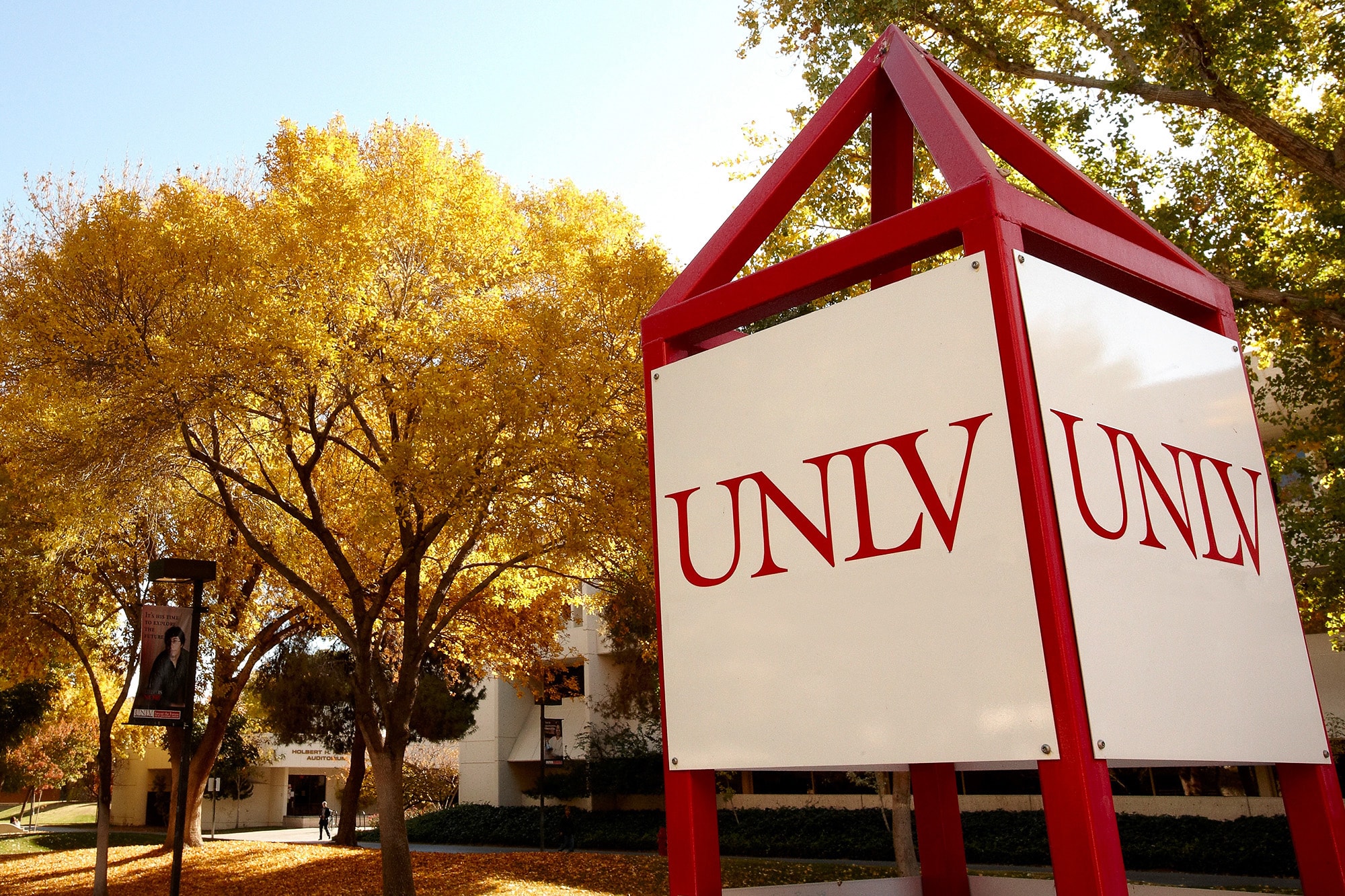Think back to high school or college and try to remember the most difficult math problem you ever attempted to solve. Then try to picture that problem made 1,000 times more difficult.
That magnitude of difficulty -- and more -- typifies the kinds of mathematical equations deciphered on a regular basis by UNLV professors working in the university's Nevada Center for Advanced Computational Methods.
The solutions to those equations are used to help solve a variety of technological problems, including many that touch on environmental issues such as airborne pollution and contaminants that seep into natural water supplies.
The center has been operational for approximately the past three years and last month received official "center" designation from the Board of Regents of the University and Community College System of Nevada.
"We felt it was time to seek the official `center' title from the regents," said Darrell Pepper, who serves as the center's director and also chairs UNLV's department of mechanical engineering. "We are the only center of our kind in Nevada. We have nearly $600,000 in grants from a variety of sources and are working on the cutting edge of our field."
Use of computers, including UNLV's supercomputer, are essential to the center, Pepper said, explaining that the equations are far too complex to solve on paper or on a personal computer. The professors develop the software programs necessary to solve the problems and then use the computers to do the calculations.
One of the projects tackled by the professors involved developing a three-dimensional wind field of the Las Vegas valley on a computer. This model shows how air flows throughout Southern Nevada.
"One very practical use of this model would be in the case of an accident in which dangerous material was released into the air," Pepper said. "Our model could be used to predict where the winds would be likely to carry the pollution and that information could be very useful in helping emergency officials decide which areas, if any, needed to be evacuated."
Among the agencies that have awarded grants to the center are NASA, the National Science Foundation, the National Oceanic and Atmospheric Administration, the U.S. Department of Energy, the U.S. Environmental Protection Agency, and Clark County.
Some of UNLV's top engineering students, including some undergraduates, have been able to work with their professors on the various projects, Pepper said.
"Sometimes the professors sit and listen to the students," he said. "They're that good."
Examples of some of the center's work can be found on its website.
For additional information on the Nevada Center for Advanced Computational Methods, call Pepper at 895-1331 or check the center's website.



